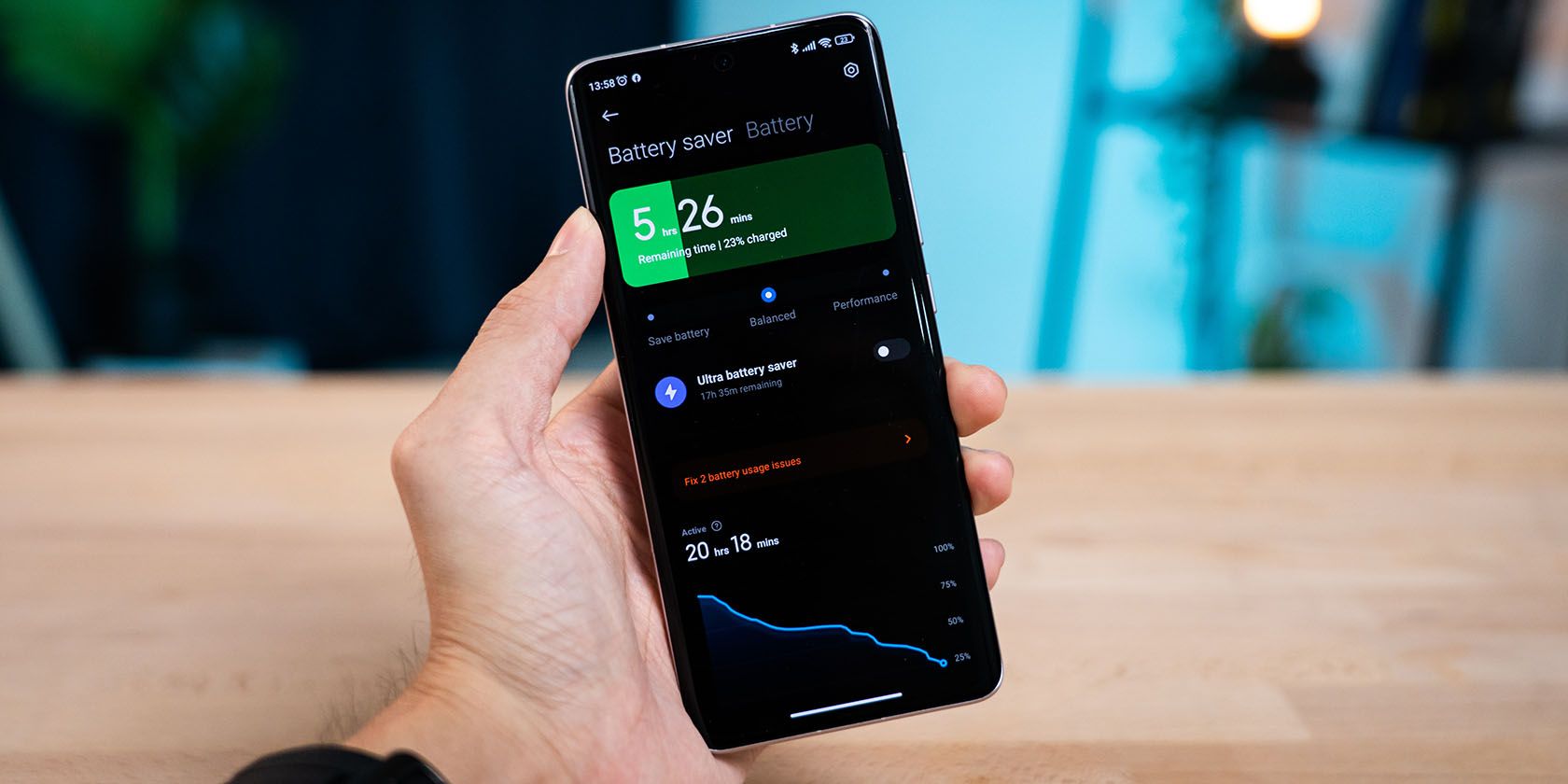Android phones are getting more powerful day by day. With bigger and brighter screens, powerful processors, and high-end features, poor battery life remains a common issue in modern smartphones.
In this guide, we'll look at Google's AI-driven Adaptive Battery feature, which is designed to help in improving your Android phone's battery life. How does it work and how can you tell if it's enabled on your smartphone?
What Does Adaptive Battery Do?
Introduced with Android 9, Adaptive Battery is a battery-saving feature that uses Google's DeepMind AI technology. It is a result of collaboration between Android and DeepMind AI, and it aims to improve battery life on Android phones over time by learning your usage patterns and optimizing your apps accordingly. So how does Adaptive Battery work?
Usually, hundreds of processes run in the background on your Android phone. Some are useful and should run all the time, like location services that can be helpful to trace your phone if it's lost, but others are not that important, and stopping them will improve the battery life.
Adaptive Battery takes account of every app and feature you use, the period you use it for, the amount of battery it drains, and when you usually charge your device. Once familiar with your app usage, it will limit the background activity of all other unnecessary apps you don't use frequently.
By learning your charging pattern, Adaptive Battery will try to stretch the battery life until the time when you usually put your phone on charge. Sometimes to attain this (usually when the battery is low), it may also reduce your phone's performance and background app activities.
The effect of all these limitations on your overall phone's performance will be negligible, and doing this also reduces idle battery drain—the amount of power used when your phone is asleep.
To achieve this, Android sorts all your apps into buckets based on how often you use them.
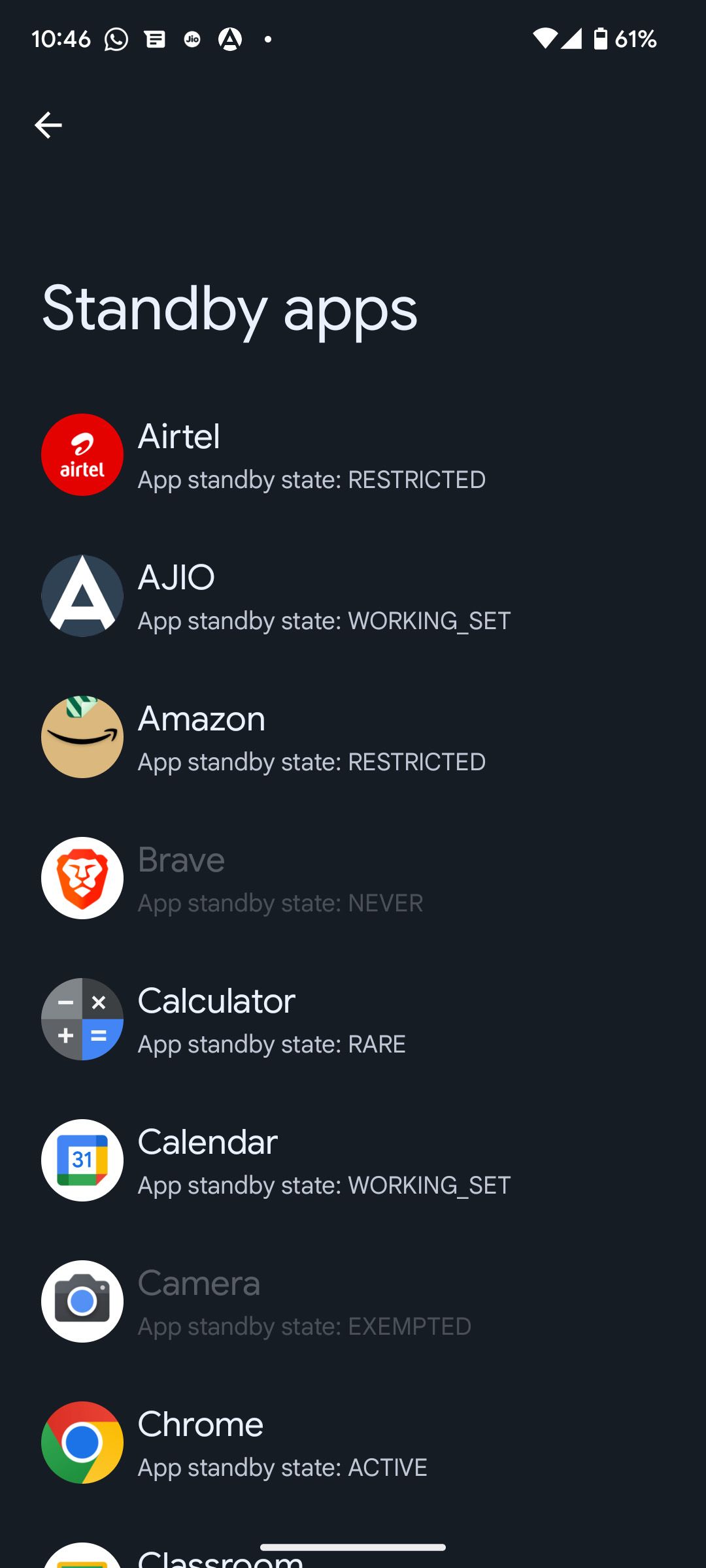
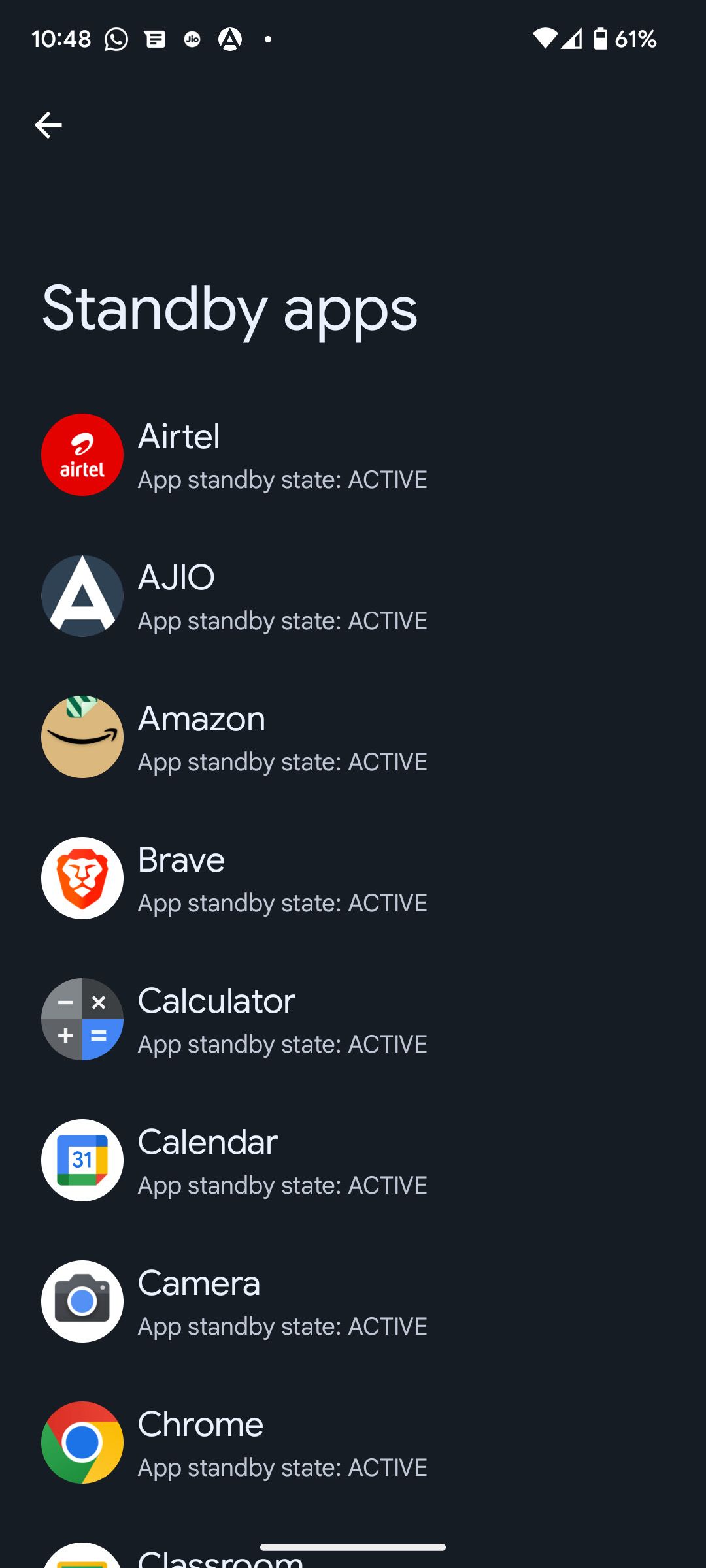
The screenshots above of the App Standby section in Developer Options show how apps are categorized when Adaptive Battery is turned on compared to when it's turned off.
The left image is with the feature turned on, while the right is when turned off. You can see that the apps previously in states like Restricted, Working_Set, Rare, etc., are all set to the Active state when Adaptive Battery is disabled. This means they consume more battery by running in the background.
App Standby buckets help the system to prioritize the app resource allocation based on how frequently or rarely an app is used by the user. Our guide on best Android Developer options might be helpful in case you want to learn more about Standby Apps.
How to Enable or Disable Adaptive Battery on Your Android Phone
Adaptive Battery is enabled by default on smartphones running Android 9 or above, but if you need to check or disable it, here's how you can do that:
- Open Settings and tap on Battery.
- Tap on Adaptive Preferences and tap on the toggle next to Adaptive Battery to enable or disable it.
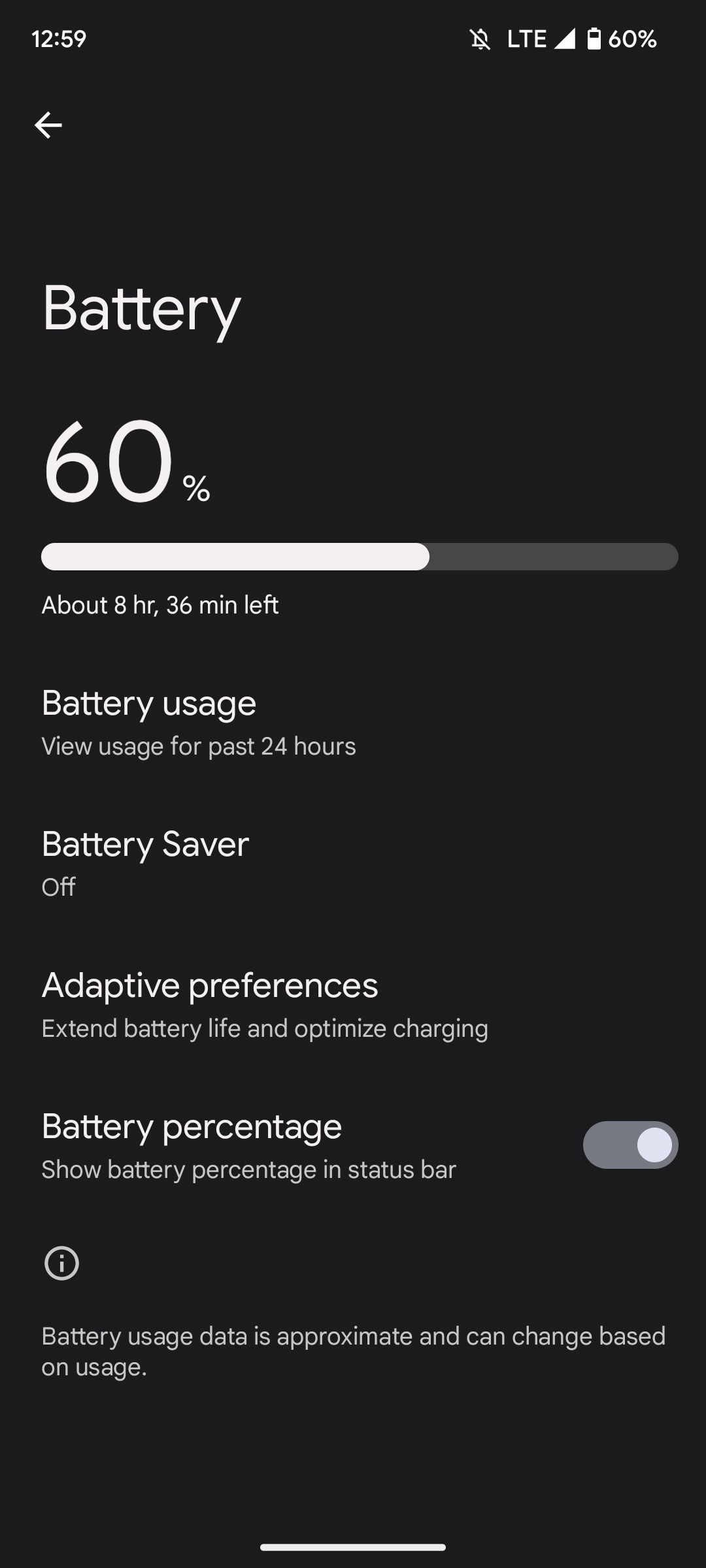
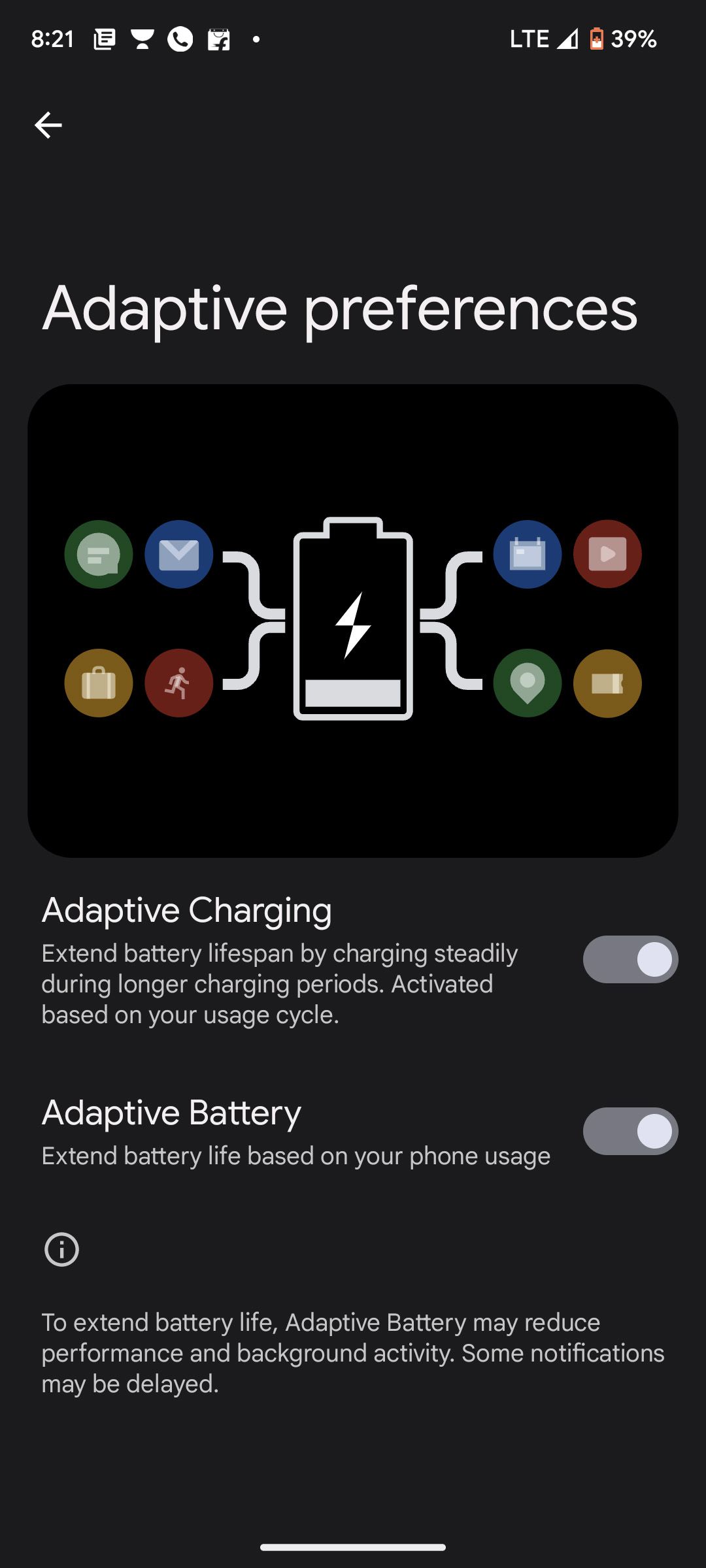
The process is very straightforward, and you don't need to do anything more than that. However, sometimes, with all these optimizations and limitations, you may experience performance or memory issues with some apps.
If that happens, you can manually change the battery optimization settings for individual apps.
- Open Settings, tap on Apps, and then All apps to get a list of your installed apps.
- Now search for the app with which you're facing issues and open its App info section by tapping on the name. Scroll down and tap on App battery usage.
- Choose the Unrestricted profile if you're facing performance issues in the app. Doing this may increase the app's battery usage but will also improve the app's performance.
- If you feel that any app is running in the background unnecessarily, choose the Restricted profile, and the app will no longer stay in memory. You also might not get notifications from the app.
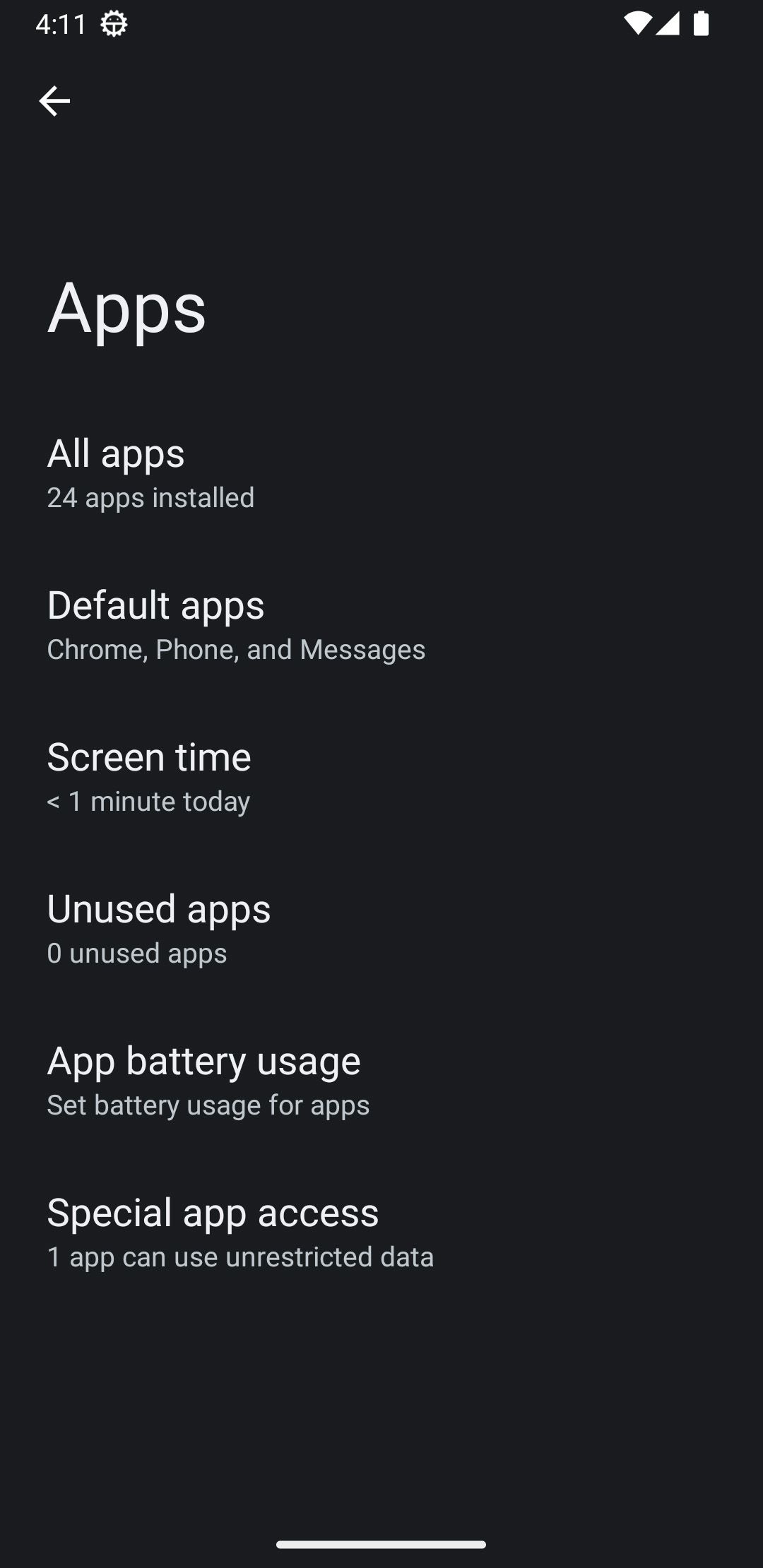
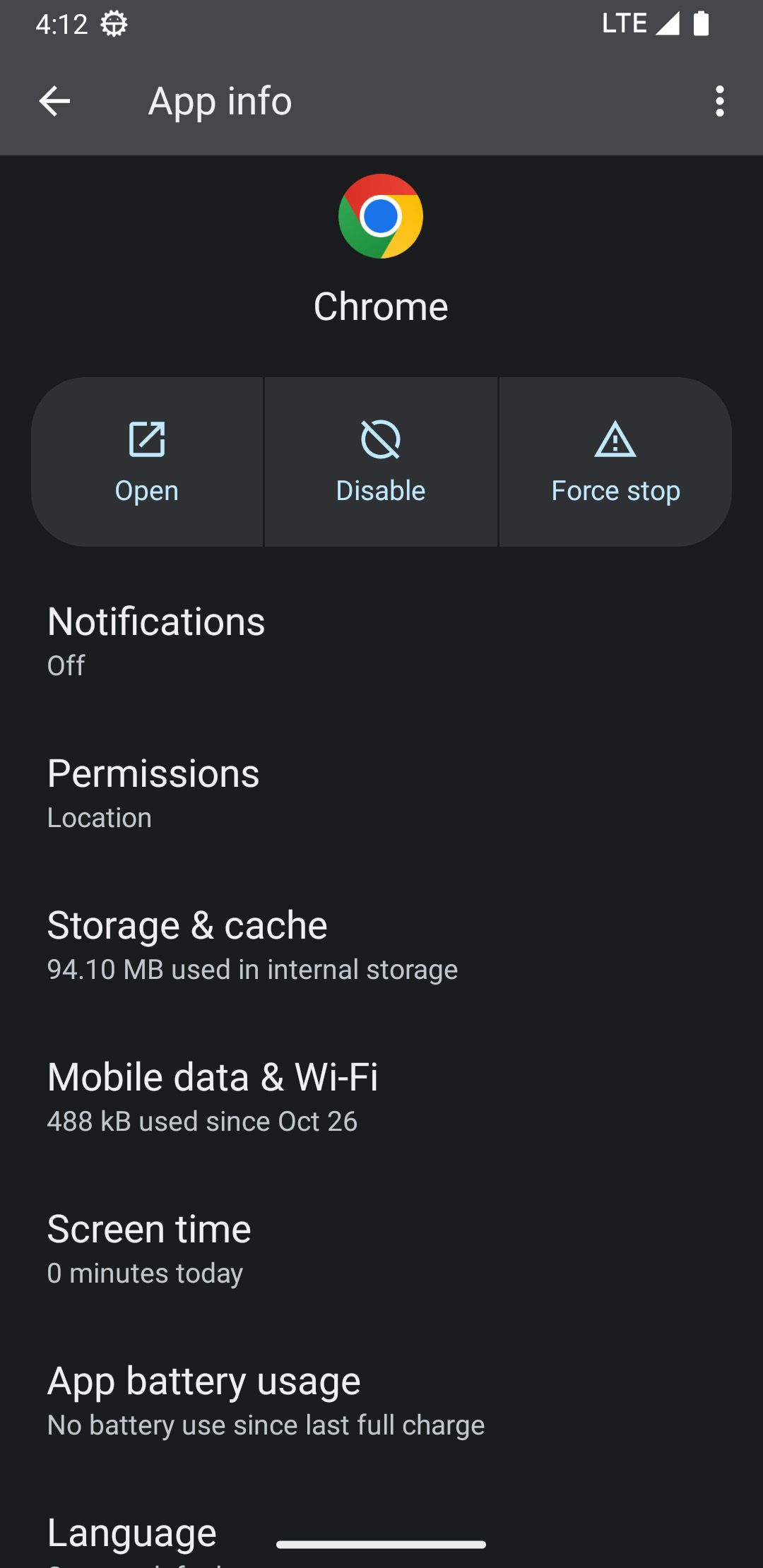
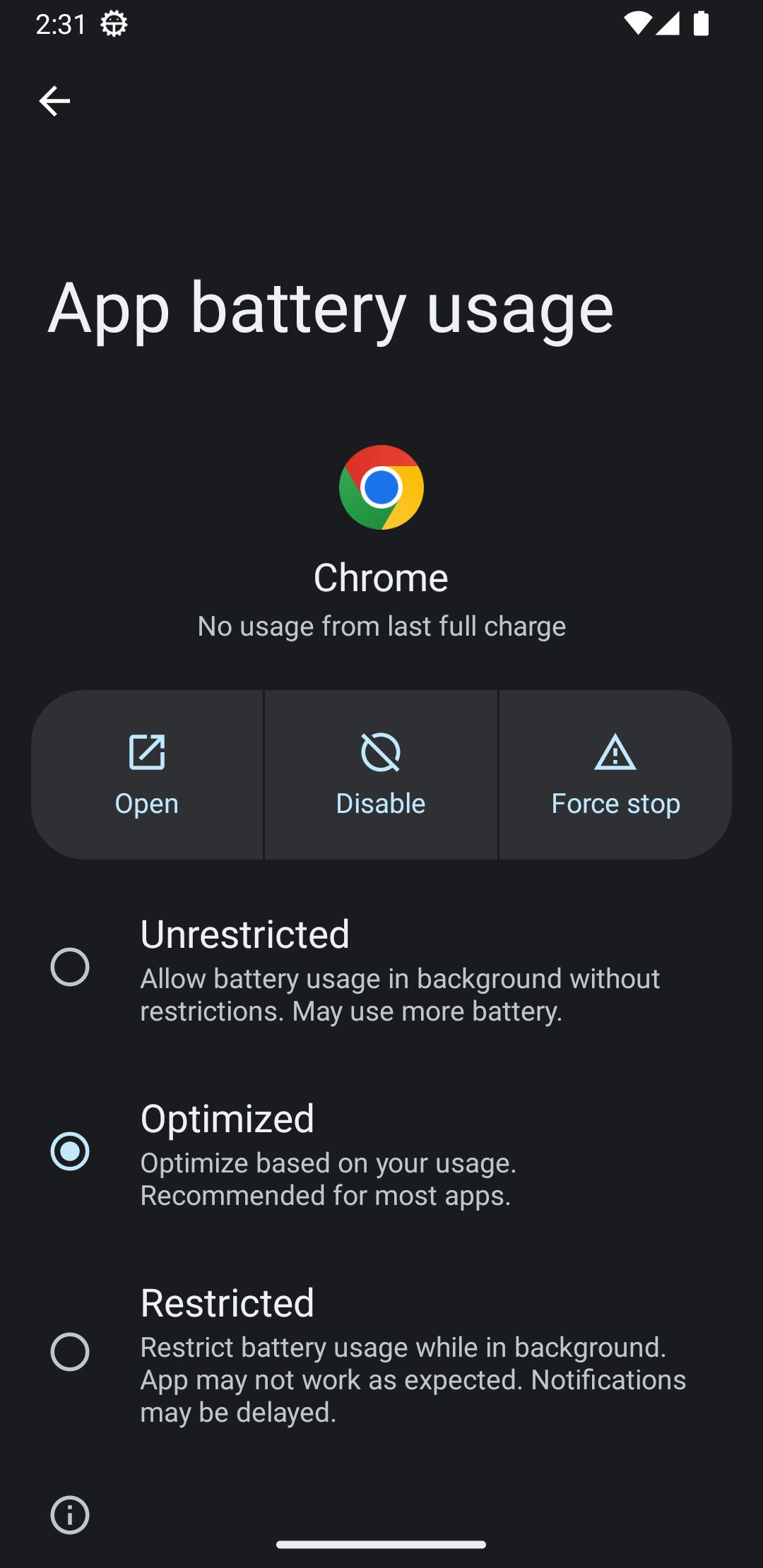
Should You Use Adaptive Battery on Your Android Phone?
Overall, the Adaptive Battery is a useful battery-saving feature. It aims to improve battery life and tries to fulfill it by optimizing the software for apps and features. However, we've also seen users getting better battery life after disabling it.
So it looks like the results of the Adaptive Battery vary based on how you use your phone. Therefore, we'll suggest you should test and find out what works better on your device: Adaptive Battery on or off. Moreover, if you want to try more battery-saving measures, our guide on automating your Android phone will surely help.

